|
Looking back, the pain of separation seems worse than the pain of disease. Now we ask, why did this happen? Why were almost 8,000 people torn from their families and sent into isolation, which for most lasted their entire life? Kalaupapa serves as a reminder of a nation in crisis when Hawaiian people were exposed to diseases for which they had no immunities. Options for preventing the spread of contagious diseases were few. Isolation for leprosy seemed like the best solution but came at a high personal price. Kalaupapa is now a place for education and contemplation. It is a place where many families in Hawai'i can reconnect with a relative once considered "lost". It is a place where past suffering has given way to accomplishments made in the face of great adversity. It is a place where we can reconsider our responses to people with disfiguring disabilities or illnesses. It is a place where the land has the power to heal - because of its human history, natural history and stunning physical beauty.
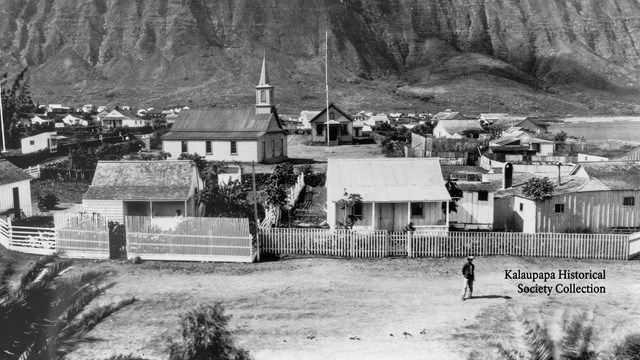
A Brief History of Kalaupapa
A rich and complex history. From the ancient Hawaiians to today, people have been inhabiting Kalaupapa for eras. 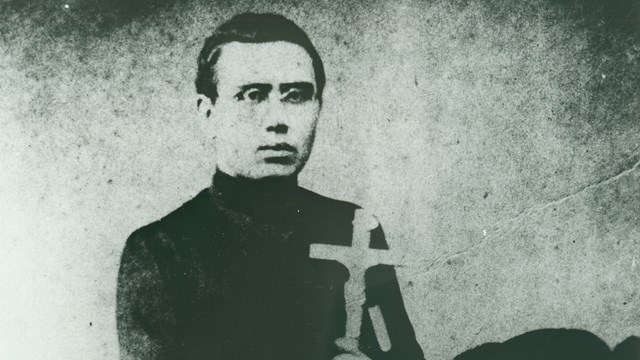
Father Damien
Father Damien, aka Saint Damien of Moloka'i, helped make Kalawao County became a place to live rather than a place to die. 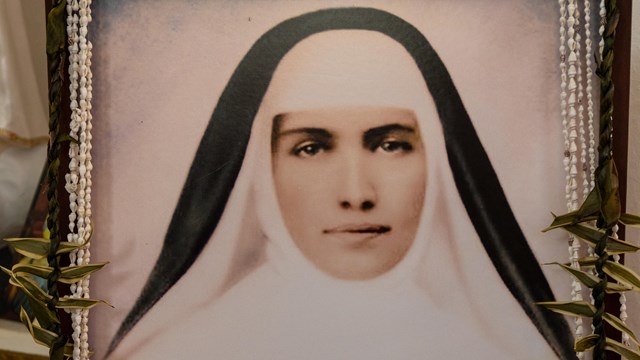
Mother Marianne
Mother Marianne, also known as Saint Marianne, served the people of Kalaupapa for over 30 years and was canonized on October 21, 2012. 
Kalaupapa Today
Kalaupapa and its community is unlike any other place in Hawai`i. 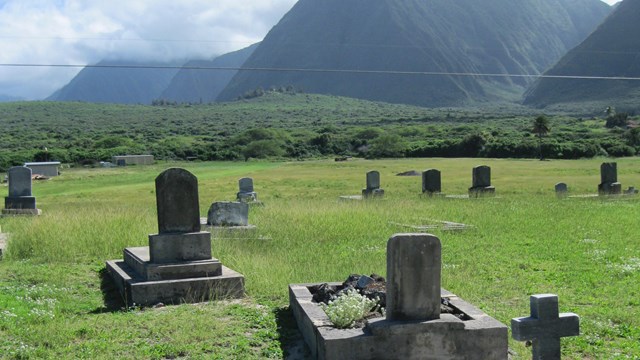
Ohana Search Requests
Looking for a family member sent to Kalaupapa? We can help. 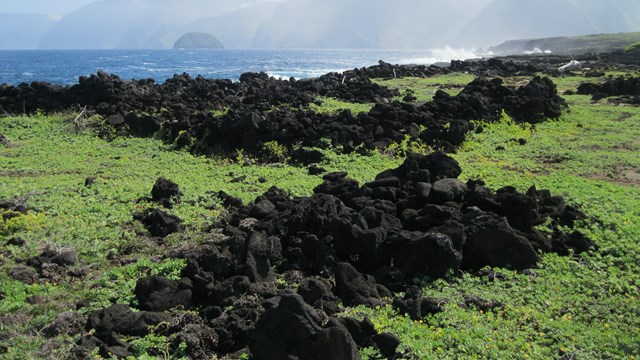
Archeology
The archeology of the peninsula and nearby valleys tells a rich history of an earlier occupation by kama`aina, Native Hawaiians. |
Last updated: November 21, 2022
